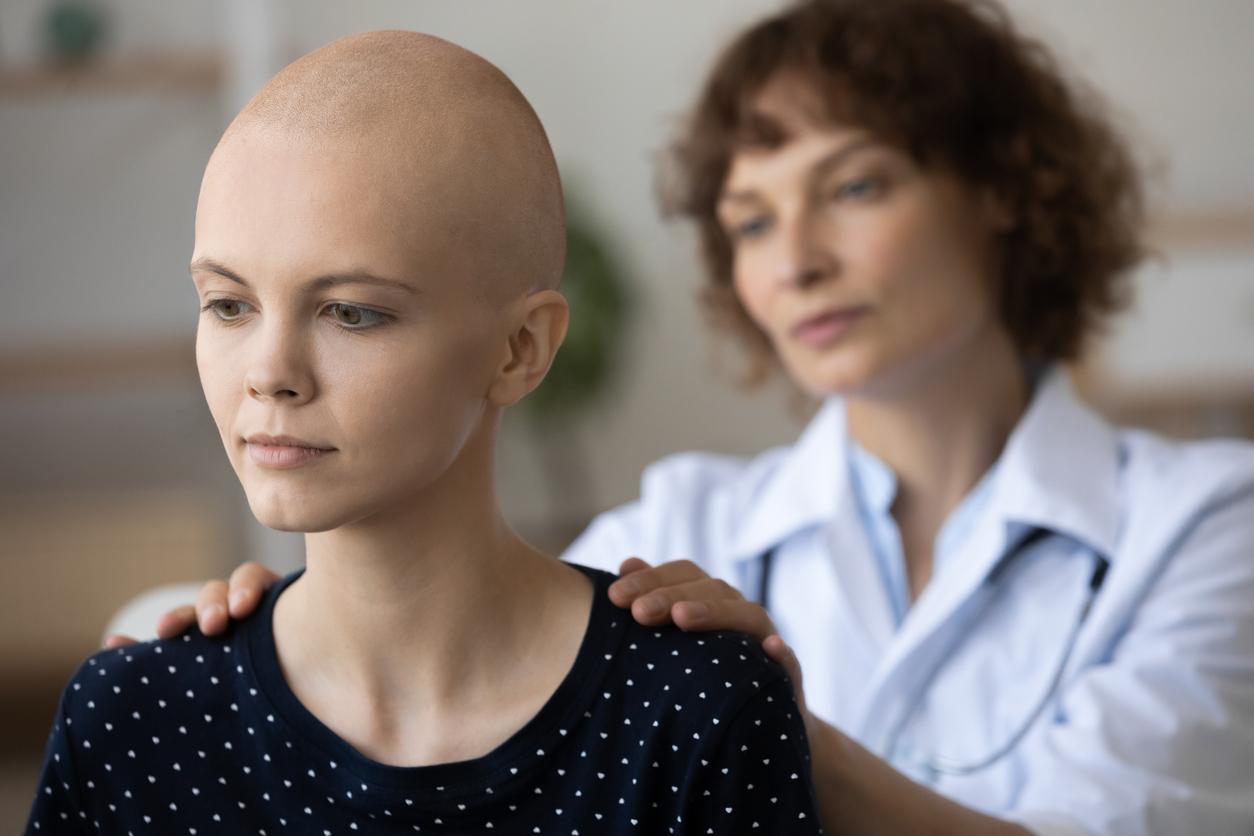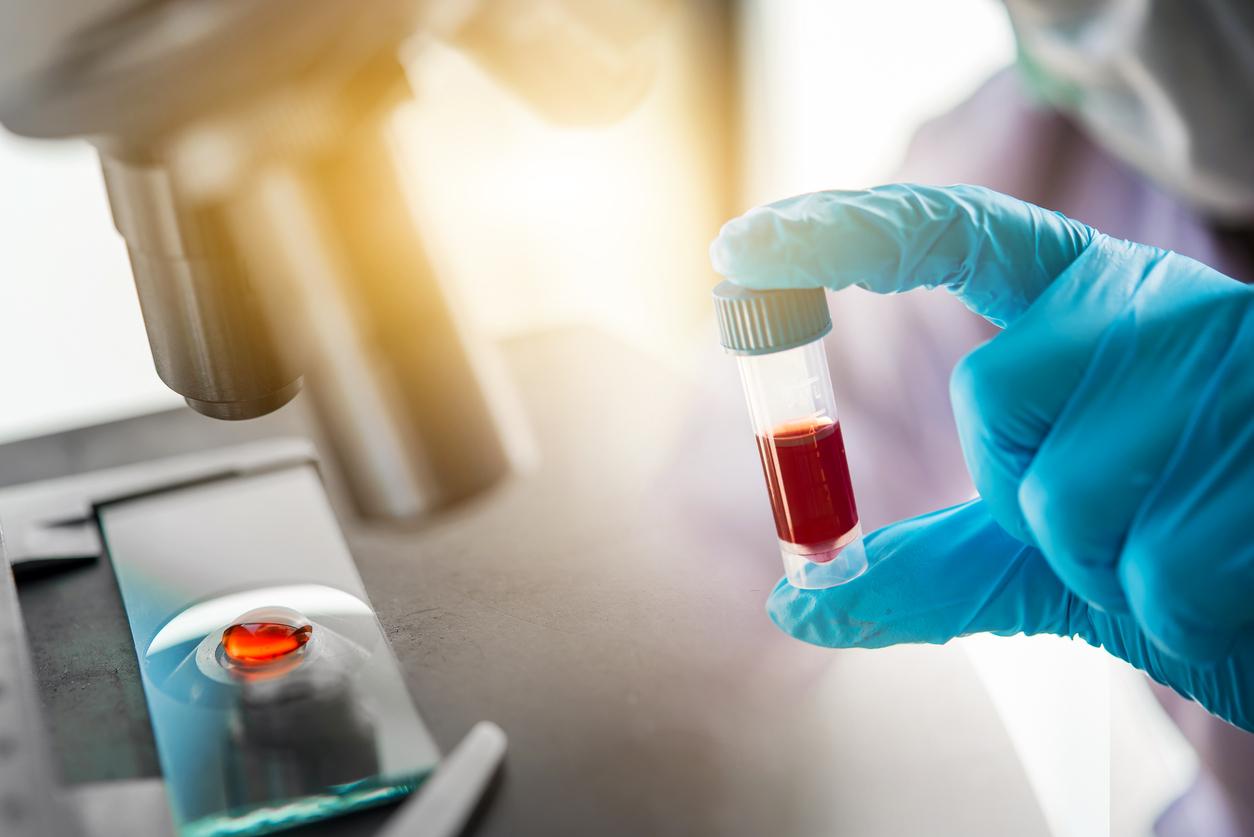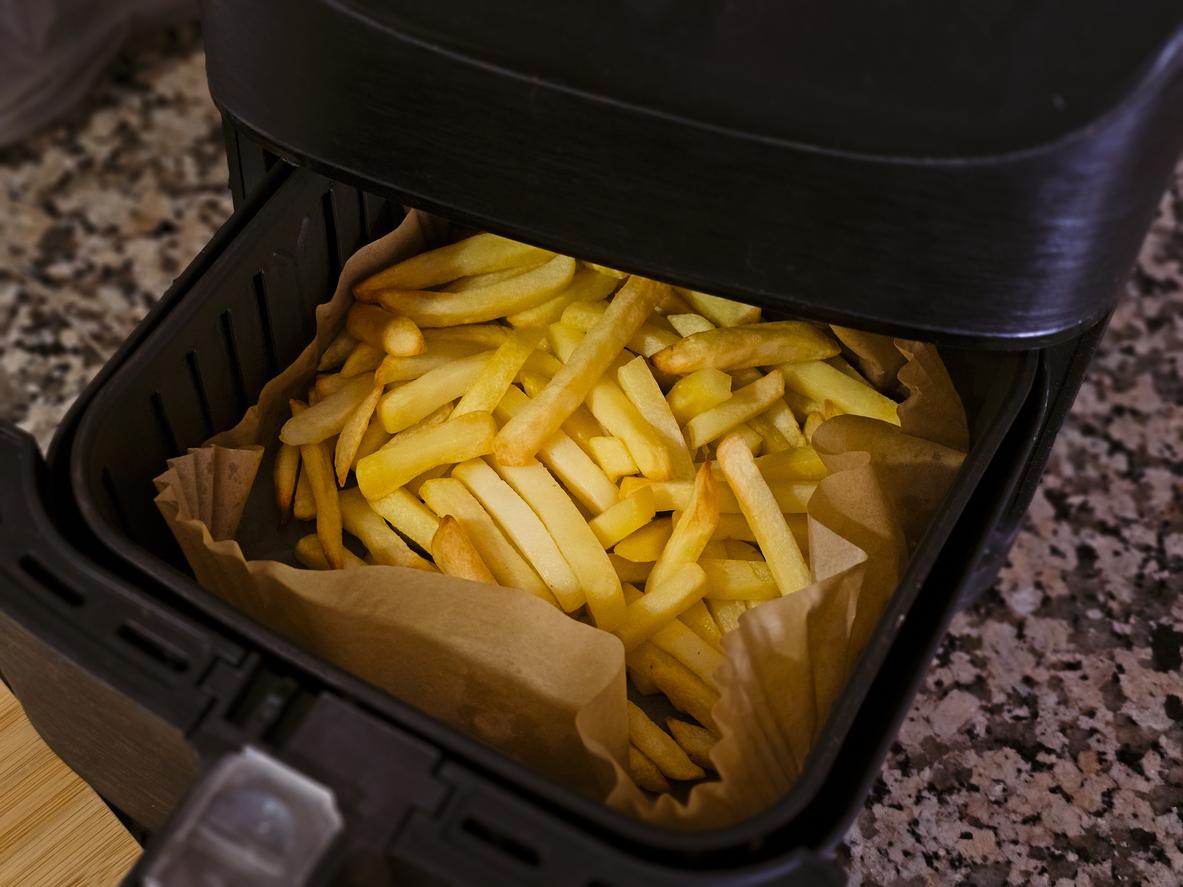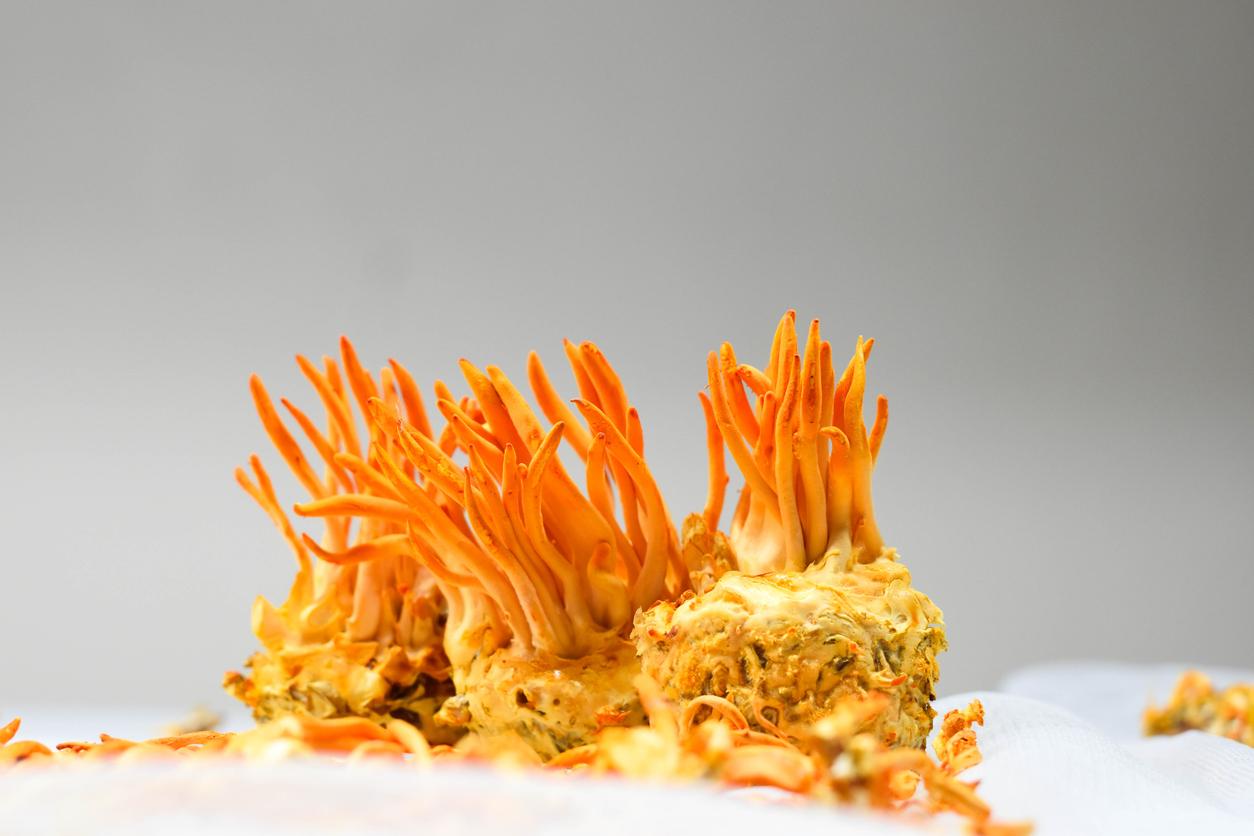UV booth tanning is not equivalent to natural tanning. It protects less than the effects of the sun.

Protecting yourself from the effects of the sun now often involves preparation: food supplements or artificial tanning in the first place. But these methods do not protect in the same way, and they too contribute to the appearance of skin cancer. Two thirds of them are due to too much sun exposure. The National Cancer Institute (INCa) combats preconceived ideas and recalls on its website thegood reflexes.
INCa emphasizes that neither the self-tanner – made up solely of coloring agents – nor food supplements nor UV sessions protect against the sun. Tanning itself is not a guarantee of safety. The darker melanin secretes the skin does not block all ultraviolet (UV) rays.

A partial tan that does not protect
The most dangerous are UVA rays, which penetrate the skin deeply and cause premature aging: sagging skin, wrinkles … These rays are predominant in artificial tanning booths, making this practice particularly carcinogenic. Several studies have shown an increased risk of cancer after one session per month. The resulting tan is also less protective than a natural tan, because the skin does not thicken. It can even create a false sense of security leading to risky behavior.
The benefits of this practice are therefore above all aesthetic. The key summer ally is sunscreen, to be applied abundantly every two hours and after each swim. INCa also recalls that the best way to protect yourself from the sun is to wear light, but covering clothing.
Find the program L’invité santé with Dr Claudine Blanchet-Bardon,
national union of dermatologists-venereologists
aired on May 26, 2016
.

















